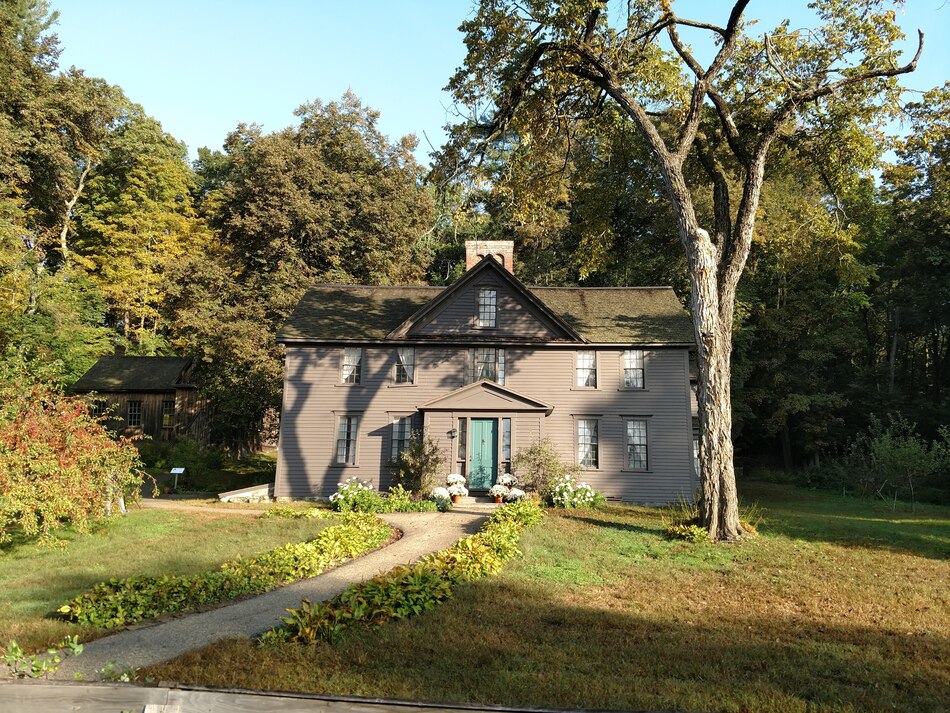About 30% of Concord’s community greenhouse gas emissions come from residential buildings. Achieving Concord’s 80% GHG reduction goal will require retrofitting the existing housing stock, much of which is older, historic, or located in a historic district, to be more energy efficient and carbon-free.
There is a common misconception that sustainability and green building design are incompatible with historic preservation. While retrofitting historic buildings located in a designated Historic District does present unique challenges, preserving and retrofitting historic and older homes have many sustainability benefits:
- Reducing construction and demolition waste created by redevelopment
- Maximize the use and life of materials
- Reduce embodied carbon by reusing the existing building instead of constructing a new one
- Maintain affordability because the cost of rebuilding is significantly higher than a retrofit or remodel
- Conserving raw materials by reusing existing resources
- Preserve the historic character of Concord and its neighborhoods
Even better, Concord has a Sustainability Guide for Historic and Older Homes that provides tips, resources, and guidance for homeowners to make home improvements that reduce emissions while preserving historic character. The guide was produced in 2020 by summer intern, Abigail Ahern, who had recently completed a master’s in architecture.
The guide takes homeowners or residents through a step-by-step approach to evaluate current performance, plan a sustainable retrofit, implement strategies for improving performance and energy efficiency, and guidelines for preserving the historic character of these buildings.
Although historic buildings are often dismissed as energy inefficient, we can actually learn a lot about sustainable design by looking to historic buildings. Did you know that many buildings constructed before 1920 use less energy per square foot than buildings constructed from 1920-2000? That is because these buildings were designed to take advantage of natural daylight, ventilation, and solar orientation. These methods are being used in new sustainable design today and are principles that we can use to retrofit existing homes.
The Guide includes dozens of guidelines, strategies, and tips to retrofit for sustainability and historic preservation focused on walls & roof, windows & doors, mechanical systems, solar & green roofs, and landscaping.
If you live in a historic or older home, check out the guide and get started today to realize the benefits:
- Reduced energy costs for owners
- Improved thermal comfort and quieter, more efficient systems for building occupants.
- Improved indoor air quality
- Protection of the Town’s older buildings, which preserves the unique character of buildings and neighborhoods
Historic and older homes, like all Concord homes, are eligible for energy efficiency rebates to offset the costs.
Preserving historic buildings is core to Concord’s town character. Retrofitting these homes for historic preservation and sustainability in tandem is not only possible, it will help the community prepare for a resilient future.
Learn more in a case study about sustainability at Louisa May Alcott’s Orchard House and the full Sustainability Guide for Historic and Older Homes.
Previous Post
Enjoy a Sustainable Landscape This Spring
Next Post
Celebrate Bike Month


